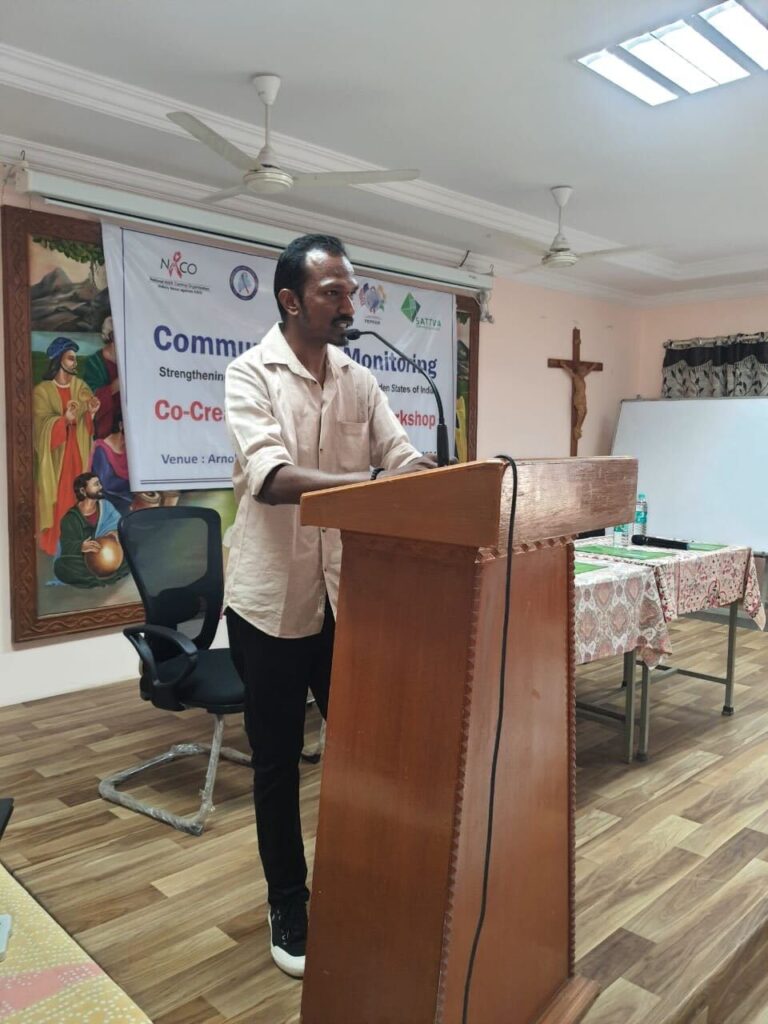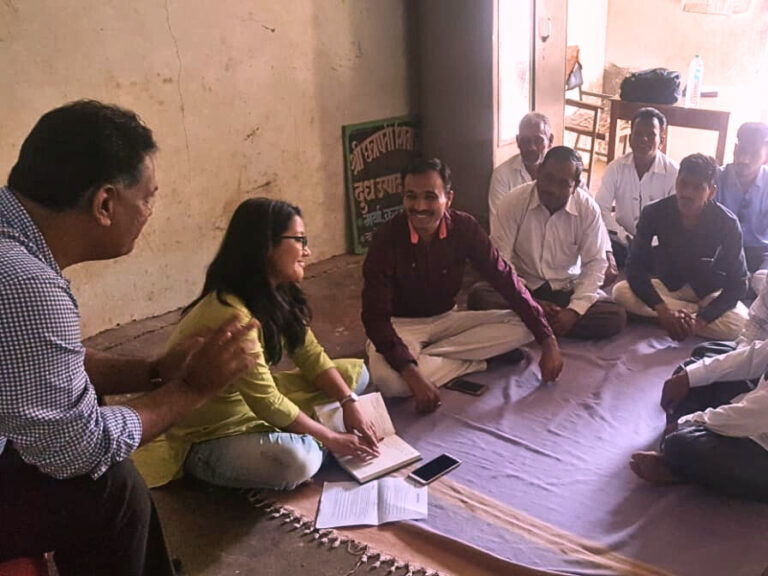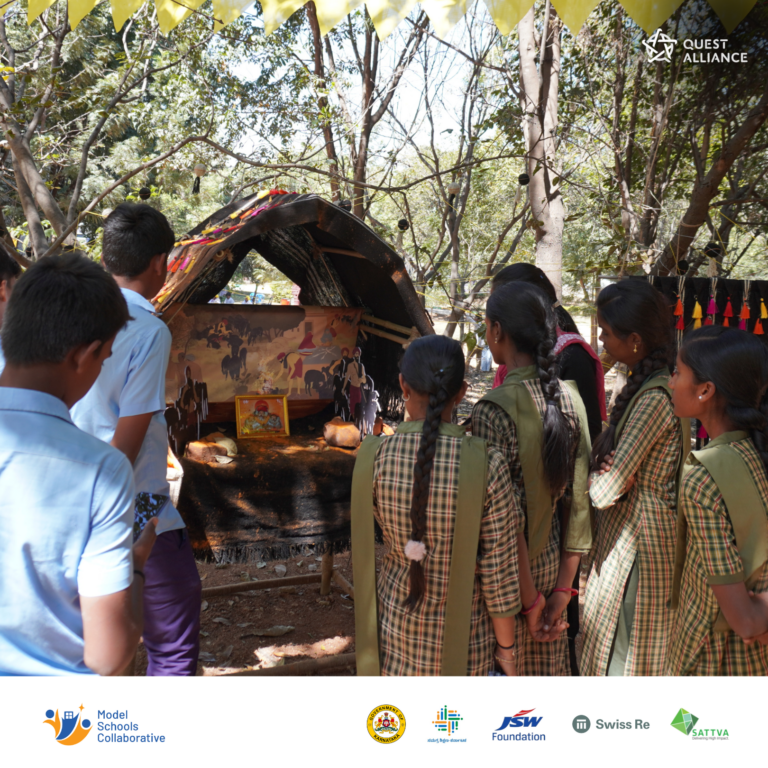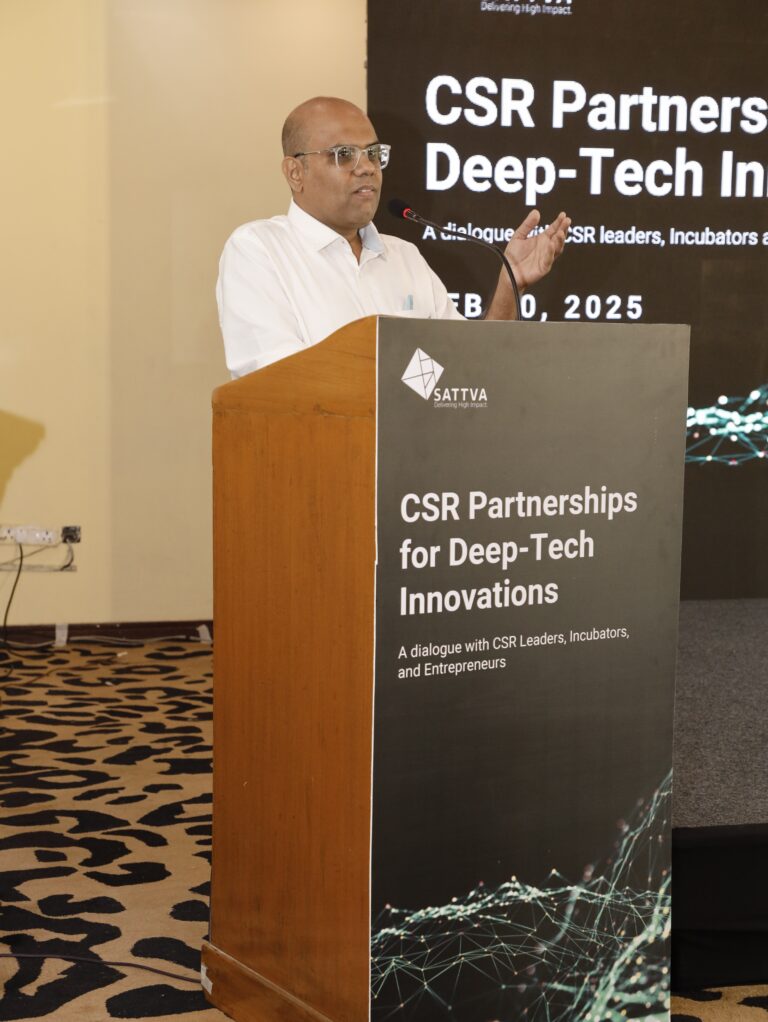By Arya Nambiar
HIV often brings social and economic implications for individuals, their families and extended social circles, making this as much a social concern, as it is a public health threat. HIV is often linked to social issues such as stigma and discrimination, and economic issues such as financial constraints.[1] These constraints can affect an individual’s ability to access healthcare services, which can enhance their struggles caused by HIV and cause their health to deteriorate further. Community Led Monitoring (CLM) is an approach that works towards the removal of these barriers, to improve HIV service delivery and access to it, and in turn empower communities to take charge of their own health trajectories.
As a community-driven approach, Community Led Monitoring (CLM) focuses on empowering individuals within communities to take charge of HIV detection, prevention and treatment in their districts, so as to create a conducive environment for their community’s health-seeking behaviors. By training community members from the program’s key populations (transgender individuals, female sex workers, men who have sex with men, injecting drug users and people living with HIV) to independently manage frameworks and continually improve HIV services, CLM aims to reduce long-term dependency on external resources and foster sustainable solutions. This is in keeping with the Community System Strengthening framework prescribed by the National AIDS Control Program (NACP V). CLM ensures that those most at risk of contracting HIV are not only represented but also empowered to address the challenges they face.
One of the most effective ways to assess the progress of CLM is to understand how empowered these leaders feel as a result of the program. By measuring their sense of empowerment and their leadership skills, both of which are key to the success of CLM, the effectiveness in fostering sustainable solutions can be understood. This can further determine the true measure of success, which lies in the empowerment of individuals to take control of their health and well-being, leading to healthier communities and a brighter future for all.
With the help of the Community Empowerment Tool, a survey, Community Champions (CC) can be assessed about how their involvement in CLM has positively influenced them. When asked about what leadership means to them, this is what some Community Champions said:
“As a community leader, I serve my community by supporting them in our fight against HIV, stigma and discrimination.”
- Aaisha Sharma, Community Champion, Delhi
“I identify as a leader because I have a good relationship with my community members, along with a good understanding of their issues.”
- Aryan Jeenwal, Community Champion, Delhi
“As a Community Champion, I have a different identity and a great rapport with stakeholders. I am using this to help my community access HIV services without stigma and discrimination.”
- Komal Kashap, Community Champion, Delhi
“I am proud to be a community leader. When I first started as one, I did not have much support, but as I continued working, I made more connections and improved my communication skills. Now, when someone in my community has a problem, I am able to help them. This has earned me respect from my community and service providers.”
- Monica Das, Community Champion, Maharashtra
“For me, being a Community Champion is an opportunity to improve myself and lead my community towards our goals.”
- N. Sai Pavan Kumar, Community Champion, Telangana
“In my community, many people struggle with understanding health-seeking behaviors, government programs, laws related to themselves, and their own sexuality. They feel disconnected from the rest of society and often look for guidance. Having personally experienced these challenges, I was in a position to understand what kind of support my peers need. For me, the first step in this was recognising the lack of information available to my community members.
To me, leadership means guiding and empowering everyone, helping them grow and moving forward together.”
- Omkar Joshi, Community Champion, Maharashtra
“As a community member, I know the challenges faced by my community, especially concerns related to health and finances. Knowing that I had this understanding is what led me to decide to stand by my community, to advocate for its problems and needs.
To do my part as a leader, I provide community members with information and knowledge, to make development opportunities available to them. I believe in supporting and helping my community to help themselves.”
- Saidamma, Community Champion, Telangana
“My desire to use my experience to do something for my peers in my community is what makes me a Community Champion and a leader.”
- Salim Sayed, Community Champion, Thane
“A Community Champion or leader’s role is about creating collaboration and inspiring others to do their best work. I motivate my community members and myself through challenging times and guide my peers through their career progressions. “
- Shayna, Community Champion, Delhi
“A leader is a person with a vision, who provides people with direction towards that vision, while motivating and inspiring them to achieve their goals. I believe that as a leader, it is important to have good communication and collaborative skills. In this way, a leader can create an environment that can achieve success.”
- Tulasi, Community Champion, Hyderabad
To fight HIV effectively, it is imperative to engage all stakeholders in communities. This can be done by spreading awareness, encouraging health seeking behaviors and advocating for communities to come together to support each other and battle HIV as a united force.
Read about our work in CLM here:
https://www.sattva.co.in/quick-read/democratising-hiv-care/
https://www.sattva.co.in/quick-read/health-literacy-a-pivotal-part-of-a-healthier-future/
https://www.sattva.co.in/quick-read/a-shared-journey-overcoming-health-challenges-together/
https://www.sattva.co.in/quick-read/community-led-monitoring-the-empowerment-tool/
https://www.sattva.co.in/quick-read/community-led-monitoring-achieving-impact-in-round-1/
https://www.sattva.co.in/quick-read/the-impact-of-stigma-on-health-outcomes/
https://www.sattva.co.in/quick-read/hiv-positive-homeless-the-effect-of-hiv-stigmatisation/
[1] Parker, R., & Aggleton, P. (2003). HIV and AIDS-related stigma and discrimination: a conceptual framework and implications for action. Social Science & Medicine
Sattva has been working with various non-profits and social organisations as well as corporate clients to help them define their social impact goals. Our focus is to solve critical problems and find scalable solutions. We assist organisations in formulating their long-term social impact strategy by strategically aligning with business to provide meaningful solutions to social issues.
Write to us: impact@sattva.co.in




